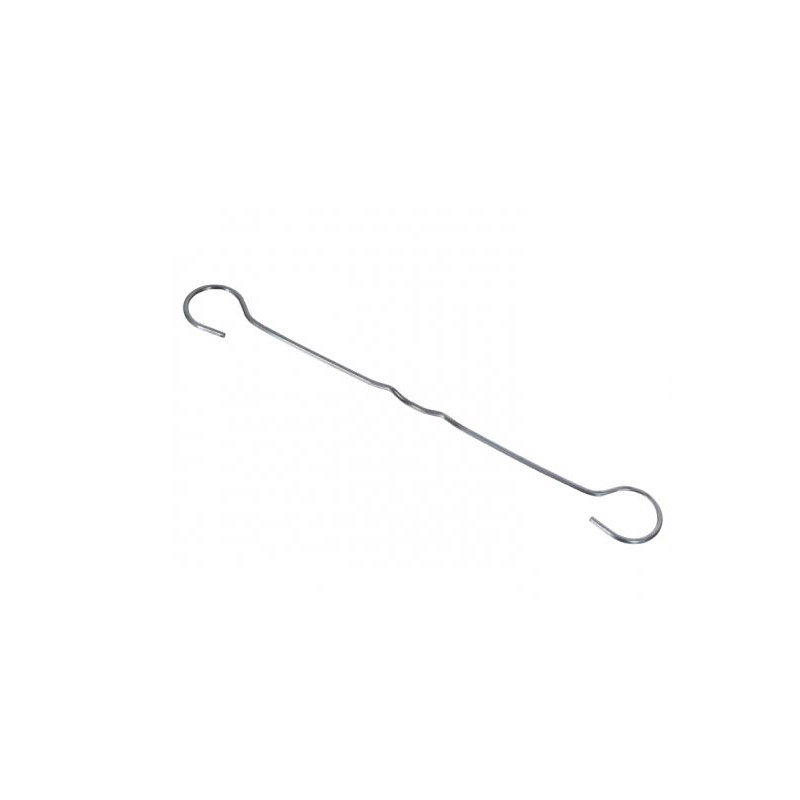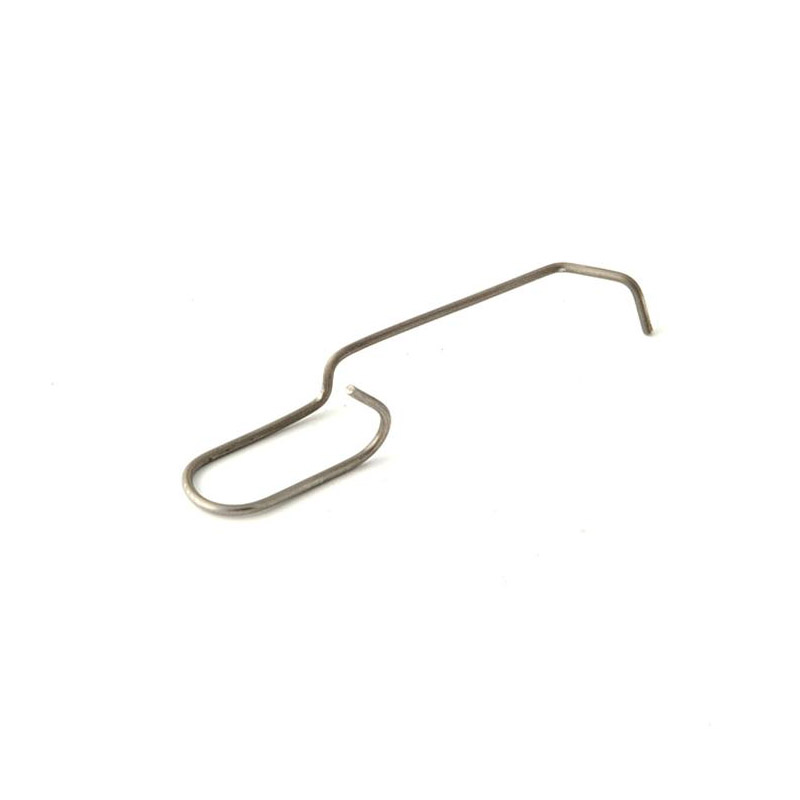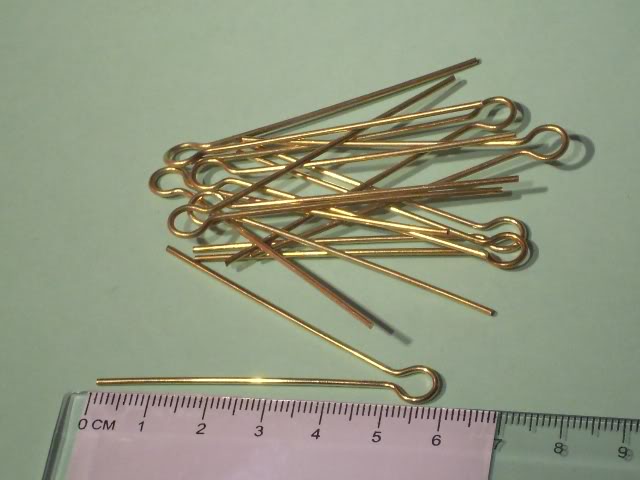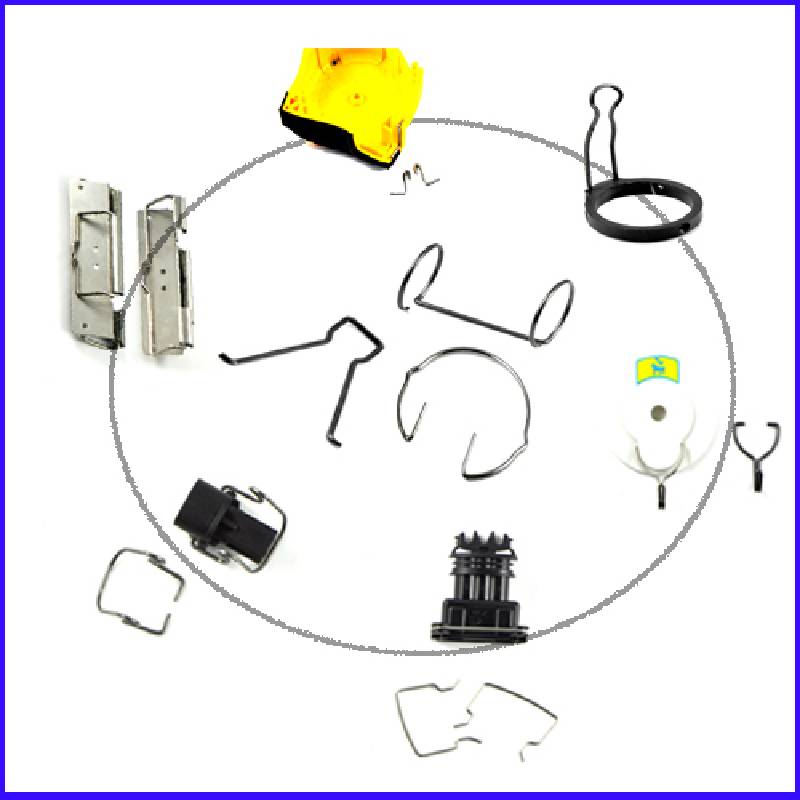Langan taivutustuotteet
What Is The Best Wire For Wire Bending?
Wire bending is a crucial process in various industries, including manufacturing, construction, and art. It involves shaping wire into specific forms or designs, which can be used for everything from structural supports to intricate sculptures. The choice of wire is paramount to achieving the desired results, as different types of wire possess unique properties that affect their bendability, strength, and overall performance. In this article, we will explore the best types of wire for wire bending and the factors to consider when selecting the right wire for your project.
When it comes to wire bending, the most commonly used materials include steel, aluminum, copper, and brass. Each of these metals has its own advantages and disadvantages, making them suitable for different applications.
Steel Wire
Steel wire is one of the most popular choices for wire bending due to its strength and durability. It is available in various grades, with stainless steel being particularly resistant to corrosion. This makes it ideal for outdoor applications or environments where moisture is a concern. Steel wire can be easily bent into shape, but it requires the right tools and techniques to avoid kinking or breaking. For projects that demand high tensile strength, such as structural supports or frameworks, steel wire is often the best option.
Aluminum Wire
Aluminum wire is another excellent choice for wire bending, especially for projects that require lightweight materials. Aluminum is significantly lighter than steel, making it easier to handle and manipulate. It also has good corrosion resistance, which is beneficial for outdoor applications. However, aluminum is not as strong as steel, so it may not be suitable for heavy-duty applications. It is often used in crafts, jewelry making, and decorative projects where flexibility and ease of bending are more important than strength.
Copper Wire
Copper wire is favored for its excellent conductivity and malleability. It is commonly used in electrical applications, but it can also be bent into various shapes for artistic purposes. Copper is easy to work with and can be shaped without breaking, making it ideal for intricate designs. However, it is important to note that copper can tarnish over time, which may affect the appearance of the finished product. For projects that require both functionality and aesthetics, copper wire is a great choice.
Brass Wire
Brass wire combines the properties of copper and zinc, resulting in a material that is both strong and malleable. It has a distinctive golden color, making it a popular choice for decorative applications. Brass wire is easy to bend and can hold its shape well, making it suitable for jewelry making and other artistic endeavors. However, like copper, brass can tarnish, so it may require regular maintenance to keep its luster.
Factors to Consider:
When selecting the best wire for wire bending, several factors should be taken into account:
Application: Consider the purpose of the wire. Is it for structural support, artistic creation, or electrical use? This will help determine the best material.
Strength vs. Flexibility: Depending on the project, you may need a wire that is strong and rigid or one that is flexible and easy to manipulate.
Corrosion Resistance: If the wire will be exposed to moisture or harsh environments, choose a material that can withstand corrosion.
Aesthetic Appeal: For decorative projects, the appearance of the wire may be just as important as its functional properties.
The best wire for wire bending depends on the specific requirements of your project. Steel, aluminum, copper, and brass each offer unique benefits that cater to different applications. By considering the factors mentioned above, you can select the right wire that will not only meet your needs but also enhance the quality of your work. Whether you are a professional craftsman or a DIY enthusiast, understanding the properties of different wires will help you achieve the best results in your wire bending projects.
What Is The Easiest Way To Bend Wire?
Wire bending is a fundamental skill in various crafts and industries, from jewelry making to construction. Whether you are a hobbyist looking to create intricate designs or a professional needing to shape wire for functional purposes, understanding the easiest methods to bend wire can save you time and effort. In this article, we will explore some of the simplest techniques and tools that can help you achieve precise bends in wire.
Understanding Wire Types
Before diving into the bending techniques, it’s essential to understand the types of wire you might be working with. Wire comes in various materials, including copper, aluminum, and steel, each with its own properties. For instance, copper is highly malleable and easy to bend, making it a favorite among jewelry makers. On the other hand, steel wire is stronger and may require more effort to bend. Knowing the type of wire you are using will help you choose the right method for bending.
Basic Tools for Wire Bending
To bend wire effectively, having the right tools can make a significant difference. Here are some basic tools that can simplify the process:
Pliers: Needle-nose pliers are particularly useful for making precise bends. They allow you to grip the wire firmly and apply pressure at specific points.
Wire Bending Jigs: These are specialized tools designed to help you create consistent bends and shapes. They often come with various templates that guide the wire into the desired form.
Mandrels: A mandrel is a cylindrical tool that can be used to create curves and loops in wire. By wrapping the wire around a mandrel, you can achieve uniform shapes.
Cutters: Wire cutters are essential for trimming the wire to the desired length before bending.
Techniques for Bending Wire
Now that you have the right tools, let’s explore some of the easiest techniques for bending wire:
Hand Bending: For softer wires like copper, you can often bend the wire by hand. Simply hold the wire at the point where you want to bend it and apply gentle pressure. For sharper bends, you can use pliers to grip the wire and pull it into the desired shape.
Using Pliers: For more precise bends, pliers are your best friend. Place the wire in the jaws of the pliers at the point where you want to bend it. Squeeze the pliers to create the bend, adjusting the angle as needed. This method is particularly effective for creating angles and loops.
Wire Bending Jigs: If you are looking for consistency in your bends, a wire bending jig is an excellent investment. Simply place the wire in the jig according to the template, and follow the guide to create uniform shapes. This method is especially useful for making multiple pieces that need to match.
Mandrel Bending: For creating circular shapes, using a mandrel is the easiest way. Wrap the wire around the mandrel, applying even pressure to ensure a smooth curve. This technique is commonly used in jewelry making for creating rings and bracelets.
Bending wire doesn’t have to be a complicated task. By understanding the types of wire, utilizing the right tools, and employing simple techniques, you can easily create beautiful and functional designs. Whether you are crafting jewelry, building structures, or engaging in DIY projects, mastering the art of wire bending will enhance your skills and open up new creative possibilities. So gather your tools, choose your wire, and start bending!





























